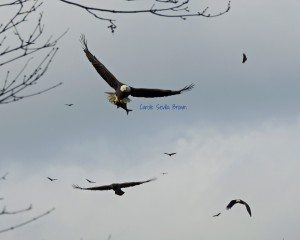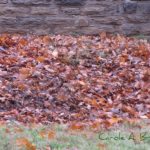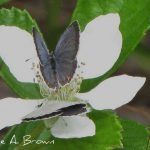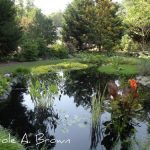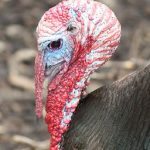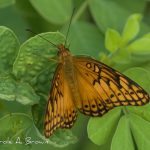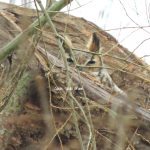Every winter well over 100 Bald Eagles gather at Conowingo Dam, along the lower Susquehanna River in northern Maryland to feast on fish which are sucked through the giant turbines as this dam generates electricity for the Baltimore area.
And every winter I make at least one trip to Conowingo Dam to enjoy observing the many Bald Eagles perched in the trees, on the rocky shore, and in the electric towers that line the Susquehanna River right below the dam.
The first thing you may notice as you get out of your car may not be the Eagles, however. You’ll know exactly where to observe the Bald Eagles just by noticing the large flocks of birders with huge lenses attached to their cameras!
When I was there last weekend, I counted over 125 Eagles, with many adults with their gleaming white heads and tails, and also many immature Eagles, who are a much darker mottled brown. It takes 5 years for Bald Eagles to attain adult plumage.
Bald eagles are some pretty amazing birds, and if you’re lucky enough to see one in the wild, it’s definitely a special moment. Here’s a bit more about them:
Identification: Bald eagles are big birds, with a wingspan of up to 7 feet, and they are easily recognizable by their distinctive white head and tail feathers.
Habitat: Bald eagles are found all over North America, but they are most common near large bodies of water, like lakes and rivers.
Diet: Bald eagles are carnivores and feed on a variety of prey, including fish, small mammals, and birds. They are also known to scavenge carrion (dead animals).
Nesting: Bald eagles build large nests, often referred to as “eyries,” in tall trees near water. They lay 1-3 eggs per year and both parents help to incubate the eggs and care for the young.
Conservation status: Bald eagles were once considered an endangered species, but their populations have rebounded in recent years. They were removed from the federal list of threatened and endangered species in 2007.
Symbolism: Bald eagles are a symbol of freedom and power in the United States and appear on the country’s seal and currency.
More From Ecosystem Gardening:
Submit your review | |

